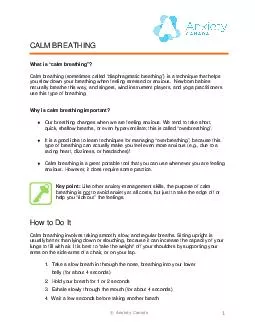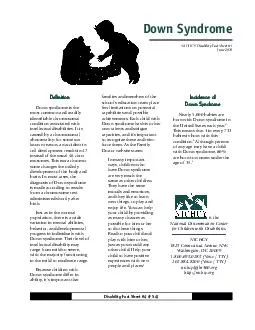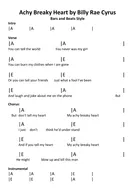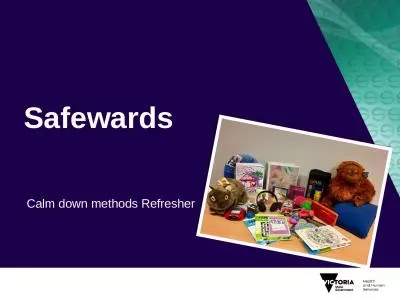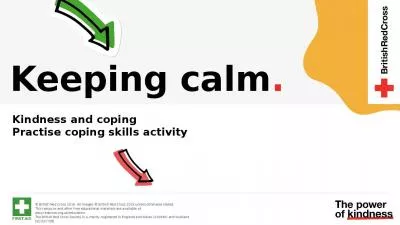PPT-I don’t know why I can’t just calm down:
Author : southan | Published Date : 2020-06-19
Latina Adolescents Struggling with Anxiety Disorders Nancy Solberg Majority of individuals from Latin American countries prefer to selfidentify by their familys
Presentation Embed Code
Download Presentation
Download Presentation The PPT/PDF document "I don’t know why I can’t just calm d..." is the property of its rightful owner. Permission is granted to download and print the materials on this website for personal, non-commercial use only, and to display it on your personal computer provided you do not modify the materials and that you retain all copyright notices contained in the materials. By downloading content from our website, you accept the terms of this agreement.
I don’t know why I can’t just calm down:: Transcript
Download Rules Of Document
"I don’t know why I can’t just calm down:"The content belongs to its owner. You may download and print it for personal use, without modification, and keep all copyright notices. By downloading, you agree to these terms.
Related Documents


